 While researching the THUGS WITH SPOONS post I became curious about Det. Sgt. Ned Lovretovich’s career. I figured that if two bad guys had hated him enough to try to stab with him sharpened spoons in a courtroom, he must have been a pretty good cop.
While researching the THUGS WITH SPOONS post I became curious about Det. Sgt. Ned Lovretovich’s career. I figured that if two bad guys had hated him enough to try to stab with him sharpened spoons in a courtroom, he must have been a pretty good cop.
I still haven’t discovered too much about Ned’s personal life. He appears to have been born in the Los Angeles area in 1910, but I don’t know when he became a member of the Los Angeles Sheriff’s Department. I’m continuing to dig.
Meanwhile, I’ve managed to find a couple more cases to which Lovretovich was assigned, and that made the news. This next case caught my eye because of the headline: KILLED WIFE IN HIS SLEEP, HUSBAND ADMITS TO POLICE: CARRIED BODY IN CAR FOR 19 HOURS, HE SAYS
 Drinking sprees don’t end well. It’s a fact. If you’re lucky you awaken with a headache that makes you wish that you were dead; if you’re unlucky, like Gerald Mosher was, you awaken from a stupor and discover that your wife is dead and that you strangled her.
Drinking sprees don’t end well. It’s a fact. If you’re lucky you awaken with a headache that makes you wish that you were dead; if you’re unlucky, like Gerald Mosher was, you awaken from a stupor and discover that your wife is dead and that you strangled her.
Forty-eight year old Gerald, an oil field worker, and his wife of five months, thirty-eight year old Ina, had been drinking prodigious amounts of alcohol in a bar at 12473 San Fernando Road in Sylmar. When the bar closed the couple made their way to a friend’s apartment conveniently located a lurch and a stumble away at the rear of the bar.
The recent bride suddenly told her husband that she wanted to leave (it’s not clear if she meant she wanted out of the marriage, or just out of the friend’s apartment). In any case, Gerald tried to restrain Ina but fell asleep right in the middle of trying to hold on to her. When he regained consciousness some time later he discovered that his wife was dead.
Rather than report Ina’s death, Gerald carried her body out to his car and propped it up next to him on the seat. He then proceeded to drive around with her corpse for nineteen hours!
I wonder if Gerald tried to force Ida’s body into an upright position in the car, or if he just allowed her to slump over. Either way, I picture Gerald, maudlin, on the raw edge of sobriety but wishing he was still smashed, apologizing to Ida’s corpse. Something like: “Baby, I’m sorry — I didn’t mean it.”
Whether he had meant to kill Ina or not, and whether he was asleep when he killed her, as he’d later claim, or simply in a drunken blackout, he sat beside Ina’s dead body for nineteen hours worth of aimless crusing around Southern California until he got the brain storm to take her out to the Mojave Desert for burial.
Gerald changed his mind about interring Ina in the desert; he lost his nerve. But he laid some of her lingerie, shoes, and a purse containing identification papers to rest in a lonely stretch of land at Acton between Palmdale and Saugus.
While he was digging did he get that prickly feeling at the back of his neck that people often get when they know they’re being observed? He should have. Mrs. Martha Schulze, a seventy-three year old resident of Acton, was scanning the land around her home with her binoculars when she saw someone dig a hole, cover up some objects, and then drive away abandoning a new shovel. Even if Martha hadn’t been suspicious of a stranger digging near her property, she thought it odd that anyone would leave behind a perfectly good shovel. She called the police.

Photo courtesy of LAPL Valley Times Collection. Photograph caption reads: “Det. Sgt. Pat Poe, left, questions Gerald Mosher, 48, oilman accused of strangling his wife in Sylmar motel
Sgt. Ned Lovretovich was assigned to the case — it wasn’t a complex investigation. The items that Martha had observed being buried were soon identified by Mary Jane Shields, Ina’s married daughter, as belonging to her mother. Not long after her personal belongs were ID’d, Ina’s body was discovered — it had been dumped along a private road about one-half mile south of San Fernando Road off Balboa Blvd near the San Fernando Reservoir.
Sheriff’s figured that Mosher had some explaining to do — the hunt for Gerald was on.
Sgts. Ned Lovretovich and J.G. Lawton had a hunch that Mosher wouldn’t run far, and they were right. As they were cruising an area of Sylmar known to be frequented by Gerald they spotted his car parked at a motel and found him inside.
When asked by Ned and his partner what the hell had happened — why had he strangled Ina, Gerald replied:
“I guess I lost my head.”
Mosher insisted that he’d strangled Ina in his sleep, but asleep or in a drunken stupor the charge against him was manslaughter.
Gerald Mosher was found guilty and then sentenced by Superior Judge Clement D. Nye to from one to ten years in the State Penitentiary.
I found nothing to indicate when Gerald was released from prison — although if he behaved himself he likely didn’t do more than a few years.

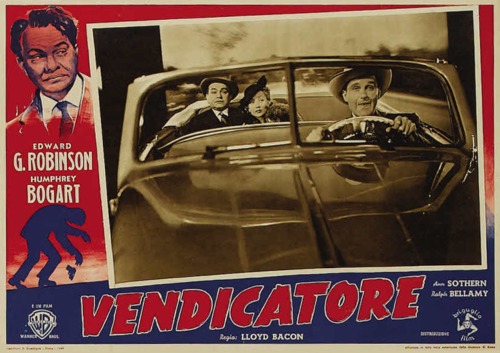
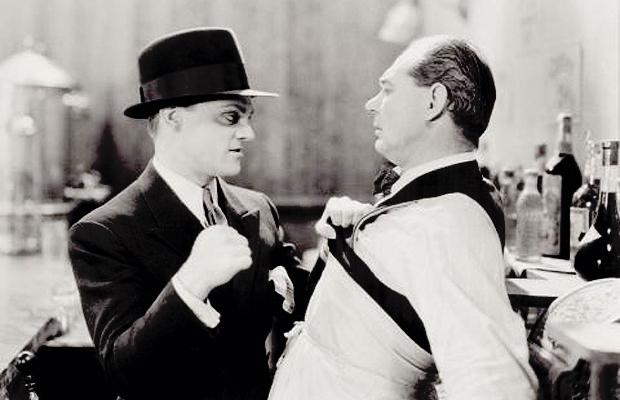
![Gregory Valenzuela [Photo courtesy USC Digital Archive]](https://derangedlacrimes.com/wp-content/uploads/2013/04/valenzuela.jpg)



![Northcott, center, is shown shackled to Constable F. R. Rigby of the Canadian police. At the right is Corporal Walker Cruickshank, also a member of the Canadian police force. Northcott arrived in Los Angeles November 30, 1928, and was placed in the cell Hickman occupied at the County Jail. [Photo courtesy LAPL]](https://derangedlacrimes.com/wp-content/uploads/2013/04/northcott-arrested_00027468.jpg)
!["Poor little mother." Sarah Louise Northcott. [Photo courtesy of LAPL]](https://derangedlacrimes.com/wp-content/uploads/2013/04/louise-northcott_00027546-227x300.jpg)
![J. Clark Sellers, criminologist, examines an axe which Sanford Clark says Mrs. Louise Northcott used in Walter Collins' murder. Rex Welsh, police chemist, declares the axe is stained with human blood. It was found in a chicken coop on the ranch. Northcott said he killed the boys with a gun. [Photo courtesy LAPL]](https://derangedlacrimes.com/wp-content/uploads/2013/04/murder-farm-axe_00027540-234x300.jpg)
![Northcott sitting in his cell at the Los Angeles County Jail on December 1, 1928, the cell which was occupied by William Edward Hickman, the "Fox". Here he was relentlessly questioned. He said, "I'm a misfit, and once a misfit always a misfit." [Photo courtesy LAPL]](https://derangedlacrimes.com/wp-content/uploads/2013/04/northcott-jail-cell.jpg)
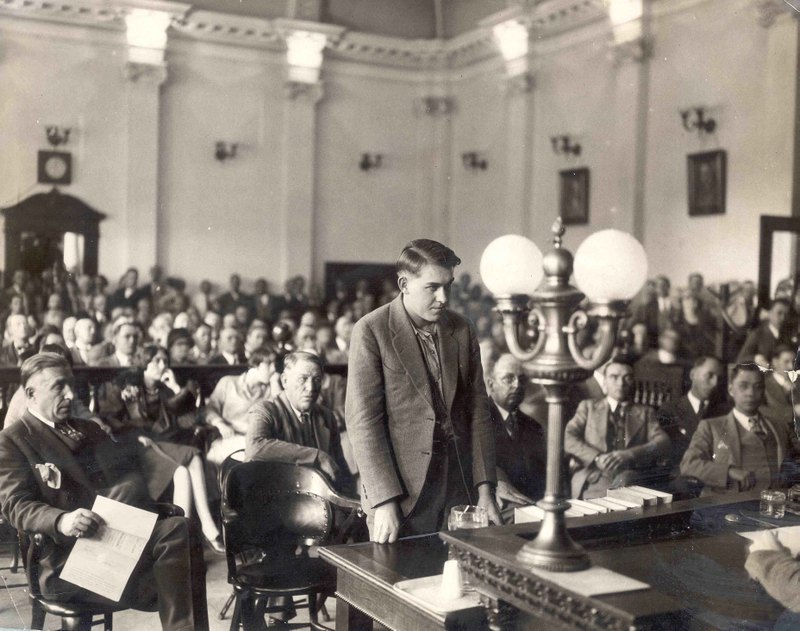
![Jessie Clark. [Photo courtesy LAPL]](https://derangedlacrimes.com/wp-content/uploads/2013/04/jessie-clark000274471-216x300.jpg)
![Sarah Northcott on her way to prison. [Photo courtesy LAPL]](https://derangedlacrimes.com/wp-content/uploads/2013/04/sarah-northcott_left-00027444-223x300.jpg)
![Chicken coops on the murder farm. [Photo courtesy of LAPL]](https://derangedlacrimes.com/wp-content/uploads/2013/04/murder-farm_000274791.jpg)
![Sanford Clark. [Photo courtesy of LAPL]](https://derangedlacrimes.com/wp-content/uploads/2013/04/sanford-clark00027503-238x300.jpg)

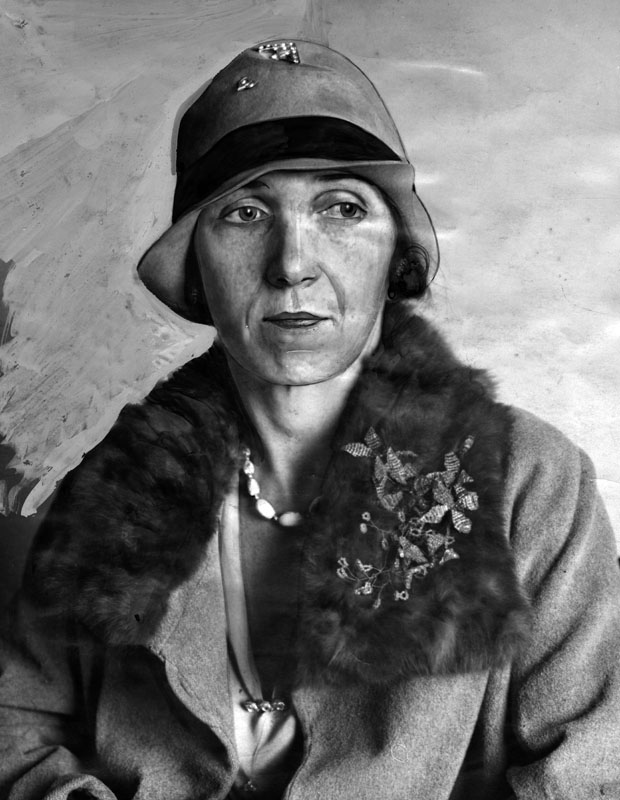
![Lewis and Nelson Winslow [Photo courtesy of LAPL]](https://derangedlacrimes.com/wp-content/uploads/2013/04/winslows00027495.jpg)


![Northcott's murder farm. [Photo courtesy of LAPL]](https://derangedlacrimes.com/wp-content/uploads/2013/04/murder-farm_00027479.jpg)
![Walter Collins [Photo courtesy LAPL]](https://derangedlacrimes.com/wp-content/uploads/2013/04/walter-collins00027493.jpg)

![The boy who would be Walter -- Arthur Hutchins, Jr. [Photo courtesy LAPL]](https://derangedlacrimes.com/wp-content/uploads/2013/04/hutchins00027498-182x300.jpg)
![Billy Fields was an alias used by Arthur Hutchins, Jr. [Photo courtesy LAPL]](https://derangedlacrimes.com/wp-content/uploads/2013/04/billy00027483.jpg)
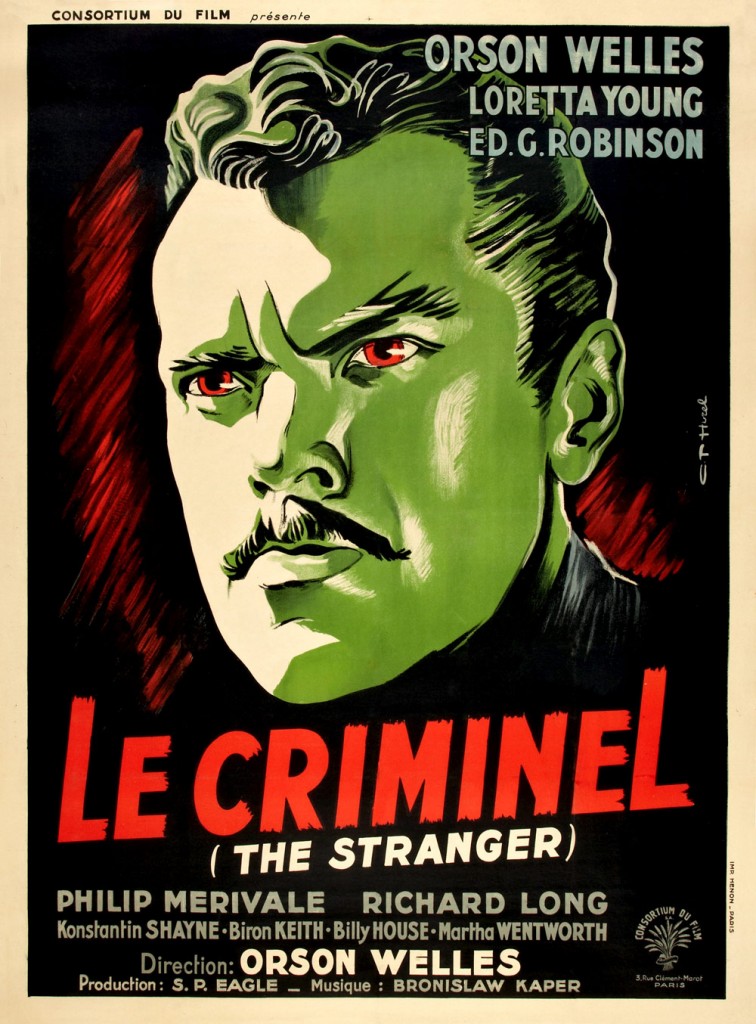



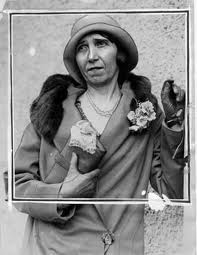
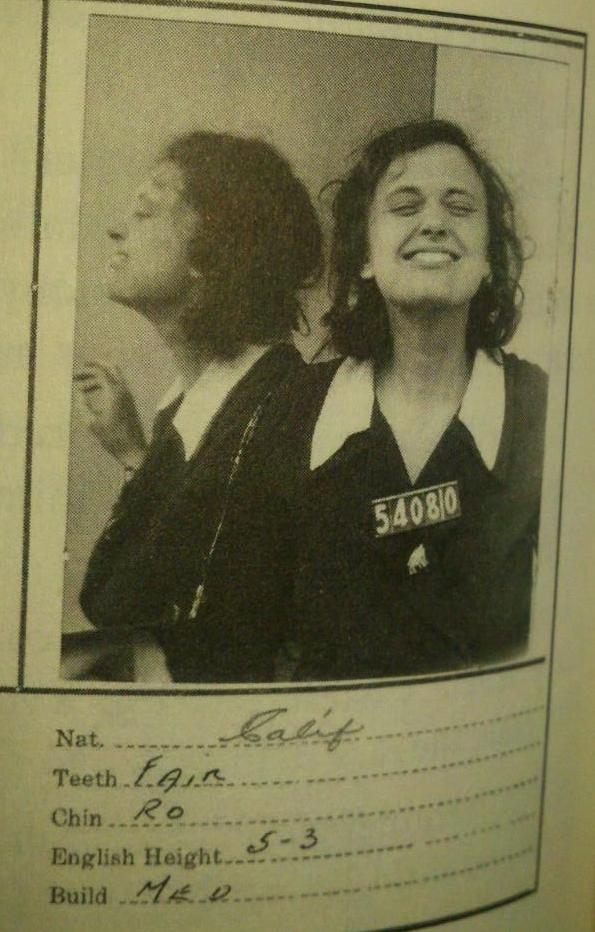

![[Photo found at http://mendonews.wordpress.com/2010/01/10/922/]](https://derangedlacrimes.com/wp-content/uploads/2013/04/mendocino-state-hospital2.jpg)